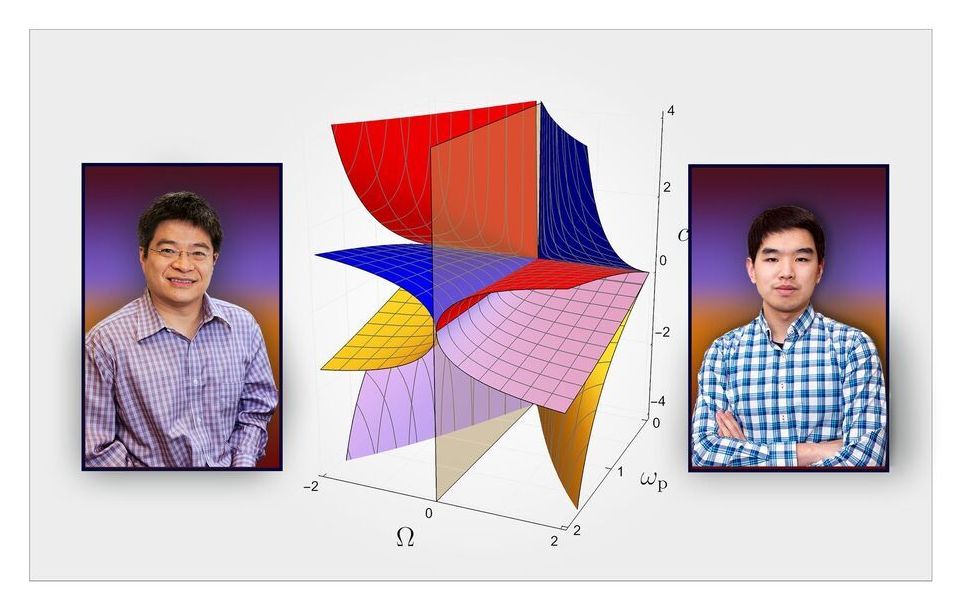Scientists have discovered a novel way to classify magnetized plasmas that could possibly lead to advances in harvesting on Earth the fusion energy that powers the sun and stars. The discovery by theorists at the U.S. Department of Energy’s (DOE) Princeton Plasma Physics Laboratory (PPPL) found that a magnetized plasma has 10 unique phases and the transitions between them might hold rich implications for practical development.
The spatial boundaries, or transitions, between different phases will support localized wave excitations, the researchers found. “These findings could lead to possible applications of these exotic excitations in space and laboratory plasmas,” said Yichen Fu, a graduate student at PPPL and lead author of a paper in Nature Communications that outlines the research. “The next step is to explore what these excitations could do and how they might be utilized.”
